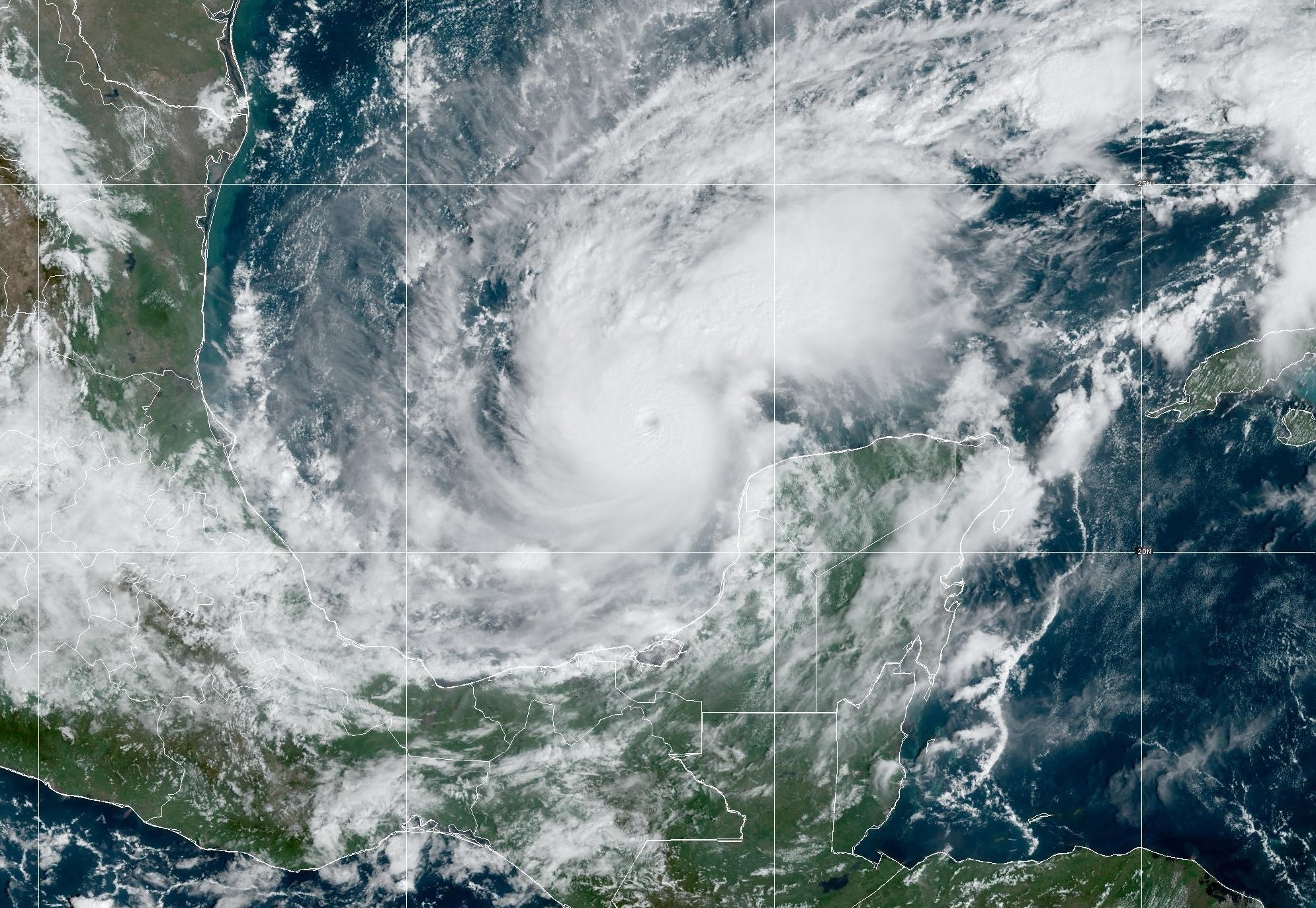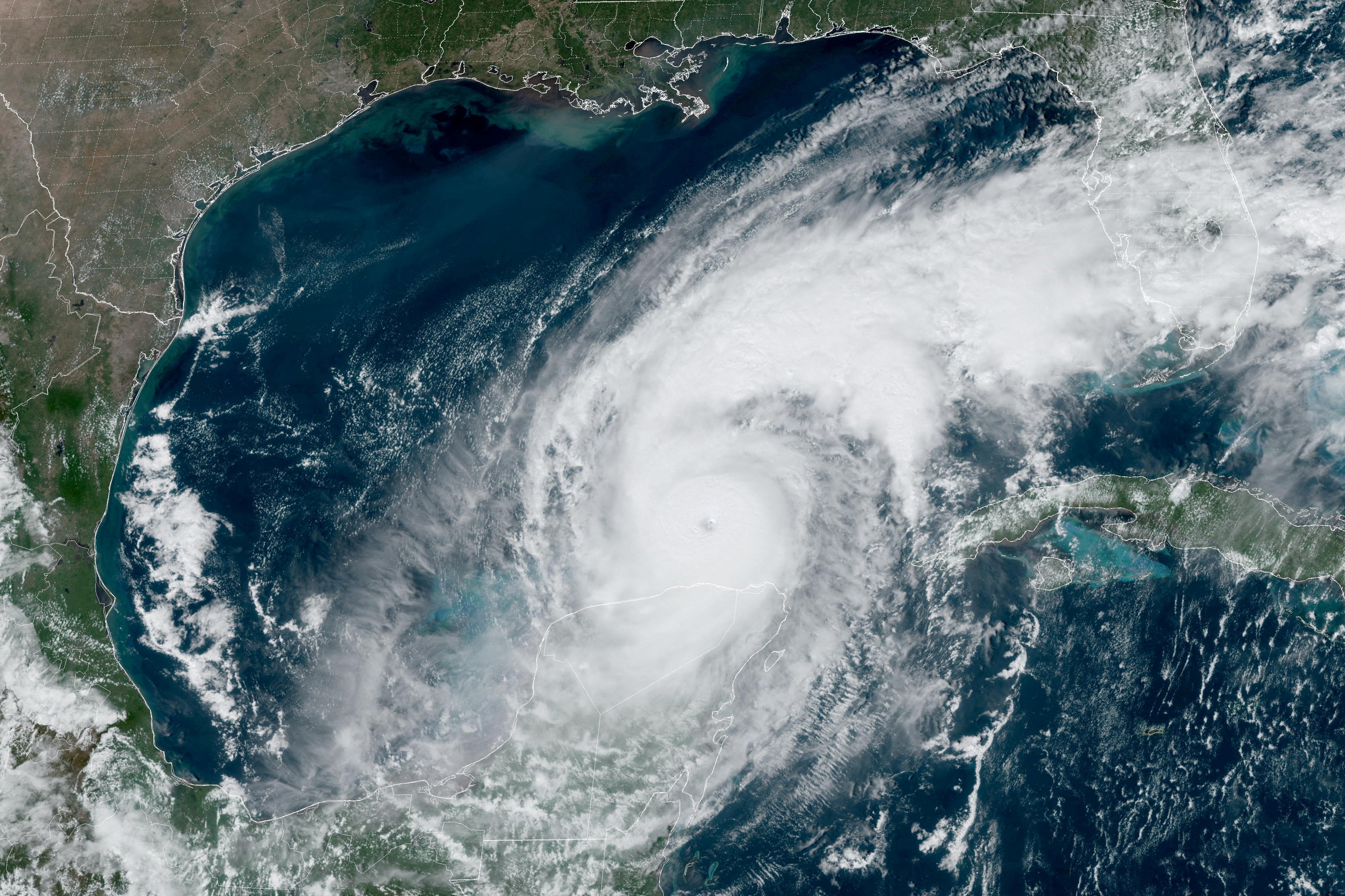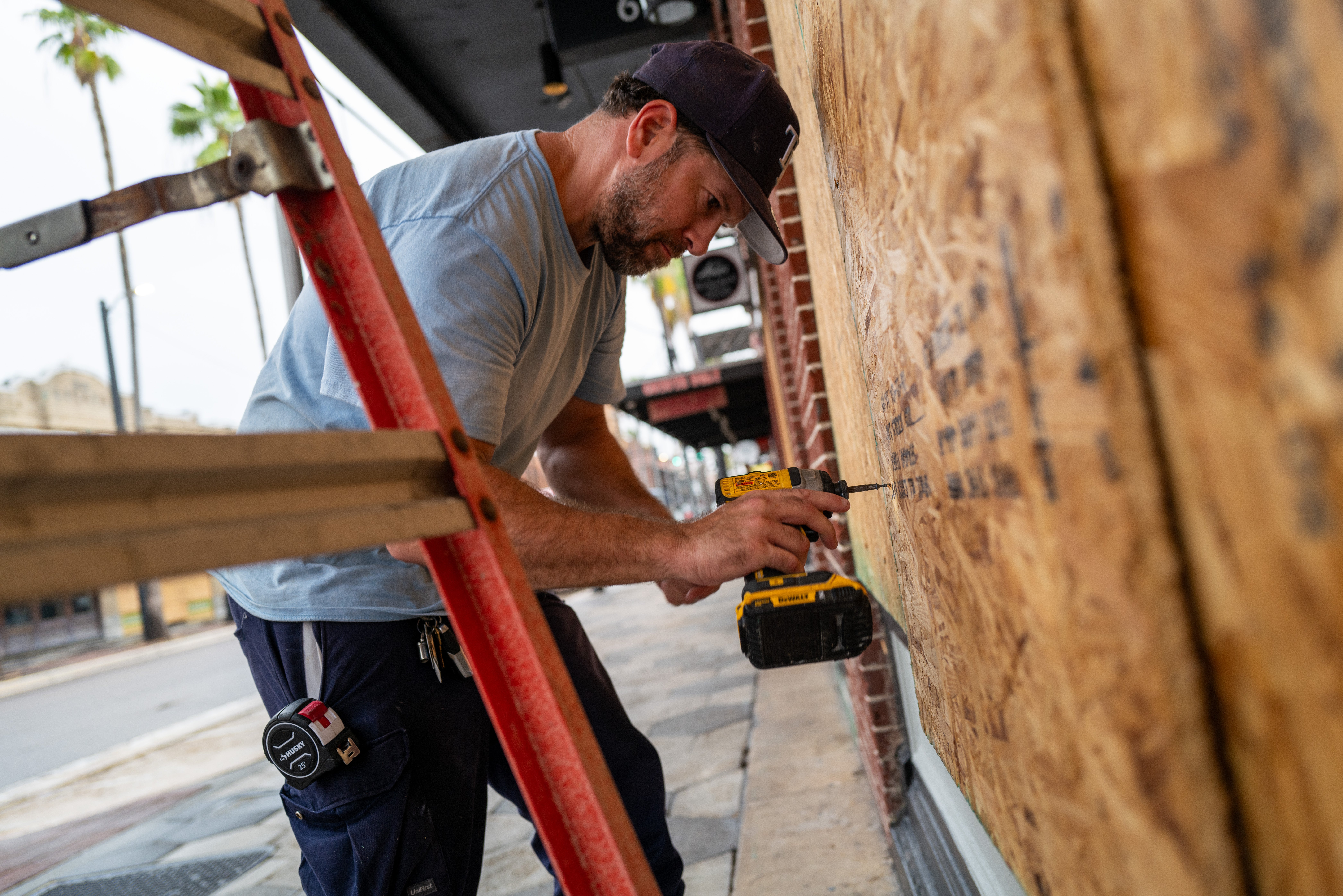What makes a storm a hurricane? The five categories explained
If a hurricane is Category 3 or higher, it is considered a major hurricane

Severe weather can hit any part of the globe, but each year the Atlantic hurricane season brings heavy rain, strong wind, storm surge and sometimes catastrophic devastation to locations from the Caribbean islands and Central America all the way up through the United States and into Canada.
Forecasters at the Miami-based National Hurricane Center monitor the storms from the time they develop until they dissipate. This year, the 2024 season was expected to be extremely active, and it supplied the earliest Category 5 Atlantic hurricane on record.
But how do these hurricanes form, and what do the categories mean? A look at the facts:
Hurricanes often start as tropical waves that combine with warm ocean waters, according to the National Oceanic and Atmospheric Administration. They may also be fueled by thunderstorms. The weather system moves west as warm ocean air rises into it, and that creates a low pressure area underneath it, NOAA said. Air rises and cools, and that forms clouds and thunderstorms.

Hurricanes have maximum sustained winds — the highest one-minute average wind speed at a particular point in time — of 74 mph (120 kph) or higher. If a tropical cyclone has maximum sustained winds between 39 and 73 mph (63 kph to 120 kph), it is called a tropical storm. If maximum sustained winds are less than 39 mph, it is called a tropical depression.
Hurricanes typically occur during hurricane season, which in the Atlantic basin occurs each year from June 1 to Nov. 30.
What are the different hurricane categories?
The Saffir-Simpson Hurricane Wind Scale rates hurricanes from one to five. Category 1 hurricanes range from 74 to 95 mph and can bring very dangerous winds that can damage even sturdy houses. Category 1 is the weakest hurricane, and the storms strengthen up the scale from there.
If a hurricane is Category 3 or higher, it is considered a major hurricane. Category 3 hurricanes start with maximum sustained winds of 111 mph (180 kph).
How serious is a Category 5 hurricane?
Catastrophic. A Category 5 hurricane destroys houses, cuts power to vast areas and isolates communities due to downed trees and fallen utility poles. It can also cause critical damage to infrastructure like roads, bridges and dams. A Category 5 hurricane has the ability to render large areas uninhabitable for weeks or longer.

What kind of destruction do hurricanes cause?
The toll of damage from a hurricane depends on its strength and where it makes landfall. Even a relatively weak hurricane can cause major damage and many deaths if it hits a vulnerable community or damages a key piece of infrastructure. A mid-strength hurricane such as 2004's Hurricane Jeanne in Florida will cause devastating damage to homes, infrastructure and the power grid. Deaths also commonly occur because of flooding, accidents, injuries and other disturbances caused by the storm.
What was the deadliest hurricane in the US?
The 1900 Galveston hurricane in Texas is the deadliest natural disaster in U.S. history, according to NOAA and other authorities. The storm killed at least 8,000 people, destroyed thousands of buildings and left hundreds of millions of dollars in damage by today's standards. Other extraordinarily deadly hurricanes in recent history have included Hurricane Maria, which killed more than 3,000 people in 2017, and Hurricane Katrina, which killed more than 1,300 in 2005.
Bookmark popover
Removed from bookmarks